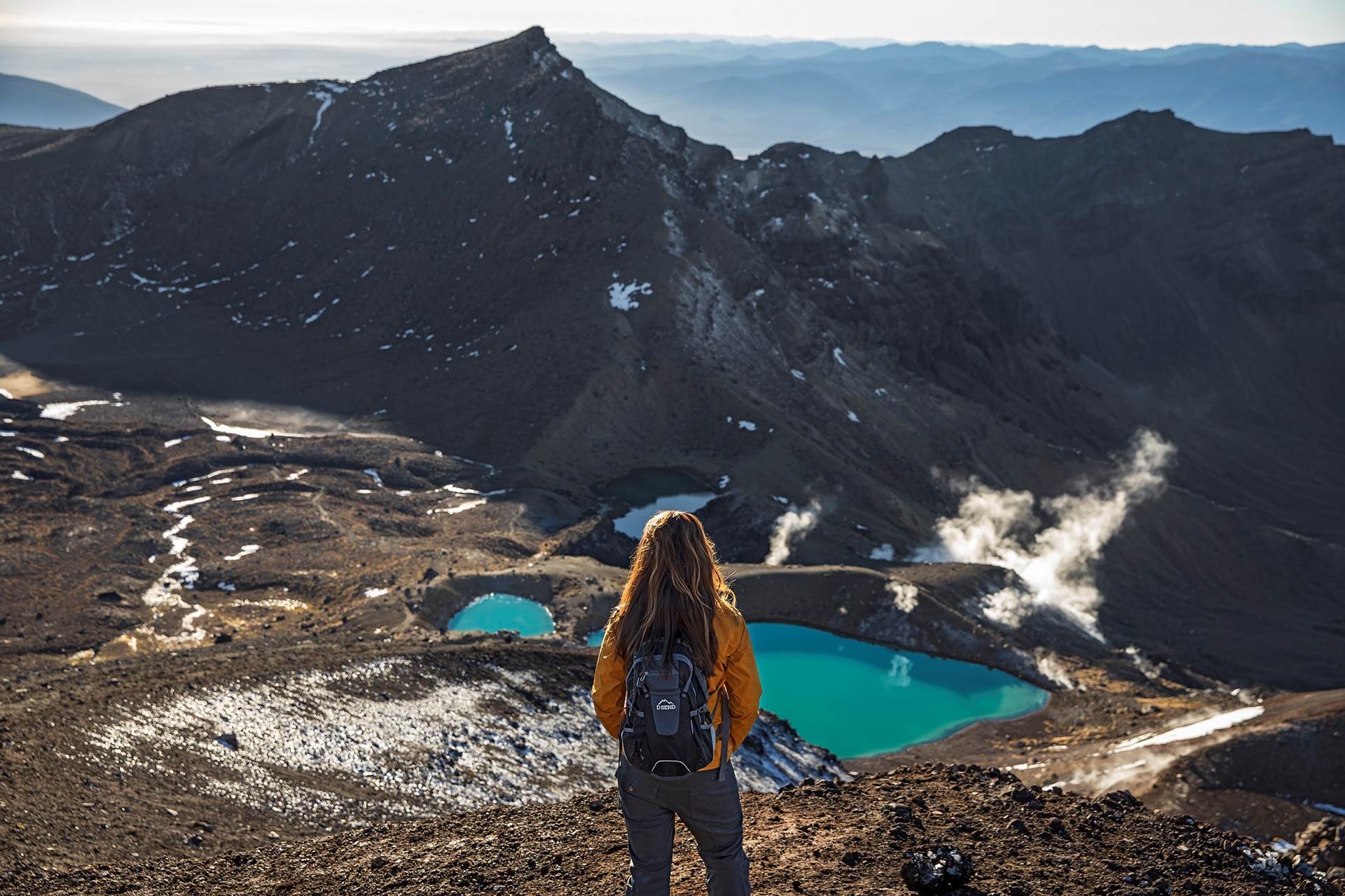Investment into funding a domestic tourism campaign is essential, says University of Canterbury Professor Michael Hall

While for the year ending November 2019 there were 3.89 million international visitors, in that same time period there were 3.08 million trips abroad by New Zealanders. Encouraging them to travel within New Zealand will help combat the loss of international arrivals this year. It doesn’t entirely close the gap but it is a good start.
Domestic tourism already was the mainstay of many tourism businesses. For example, for the year ending December 2019, regional domestic tourism spend was $300 million more than international. Only in the gateway of Auckland and in Otago, because of the significance of Queenstown, was international spending higher.
The budget initiatives demonstrate positive short and longer-term initiatives to help tourism and New Zealand as an attractive destination. Extension of the wage subsidy scheme and other support for the sector should help many tourism and hospitality businesses to keep going until both the domestic tourism campaign begins to take effect. Trade training will help people retrain people who have lost jobs in the sector as well as potentially improve skills in some areas of the sector as well.
Longer-term initiatives that will serve to help New Zealand become more of a sustainable tourism destination including the environmental jobs and projects schemes. Obviously these will have positive effects for other sectors but will help provide a stronger basis for protecting New Zealand’s branding and positioning as a destination, especially in light of climate change.
However, also critical will be how the infrastructure support is put into sustainable transport and mobility initiatives.
The tourism and hospitality sector is one that has always been marked by high rates of business birth and death. Clearly, the government wishes to try and support those attractions and businesses that are core to the country’s tourism strategy as well as those in the best position to survive.
Nevertheless, in the re-imagining of New Zealand tourism there is going to be a real challenge to get the tourism industry to focus more on sustainability. This has always been an issue for international tourism to the country.
In many ways COVID-19 provide a first glimpse of elements of what a low-carbon tourism transition for New Zealand might look like. Greater encouragement of domestic travel, less reliance on international.
This will require new ways of thinking about tourism – not only by the industry but by consumers as well. And this will possibly be one of the greatest challenges as this is not about being cheap but by focusing on value.
The government and tourism industry’s immediate task is to provide people with a sense of security with respect to their wellbeing when they travel.
For promoting New Zealand to the domestic market, it is about creating a sense of value – both financial as well in terms of cherishing the things we have. We have attractions that people come from the world over to see. It is now time to encourage New Zealanders to visit them.





